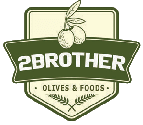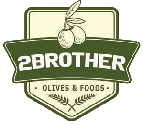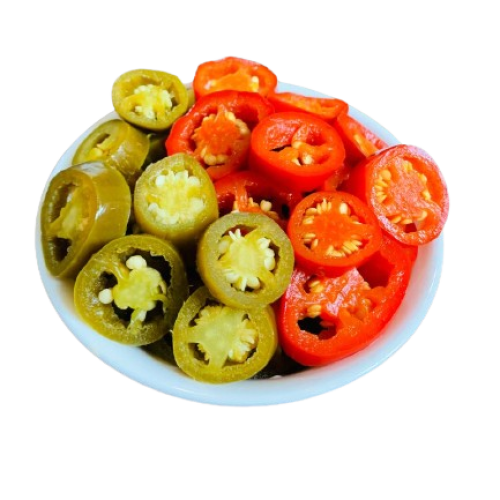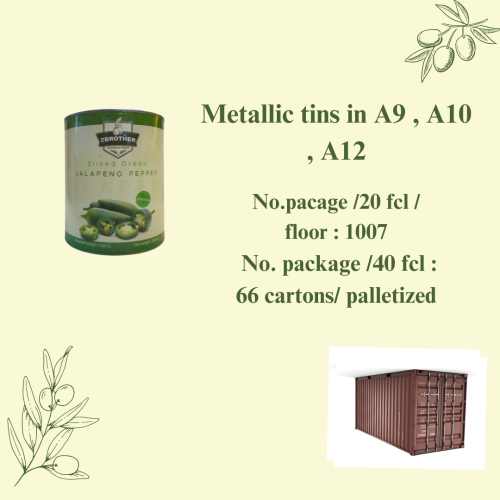Ever Wondered How Pickled Olives Reach You in Their Current Form?
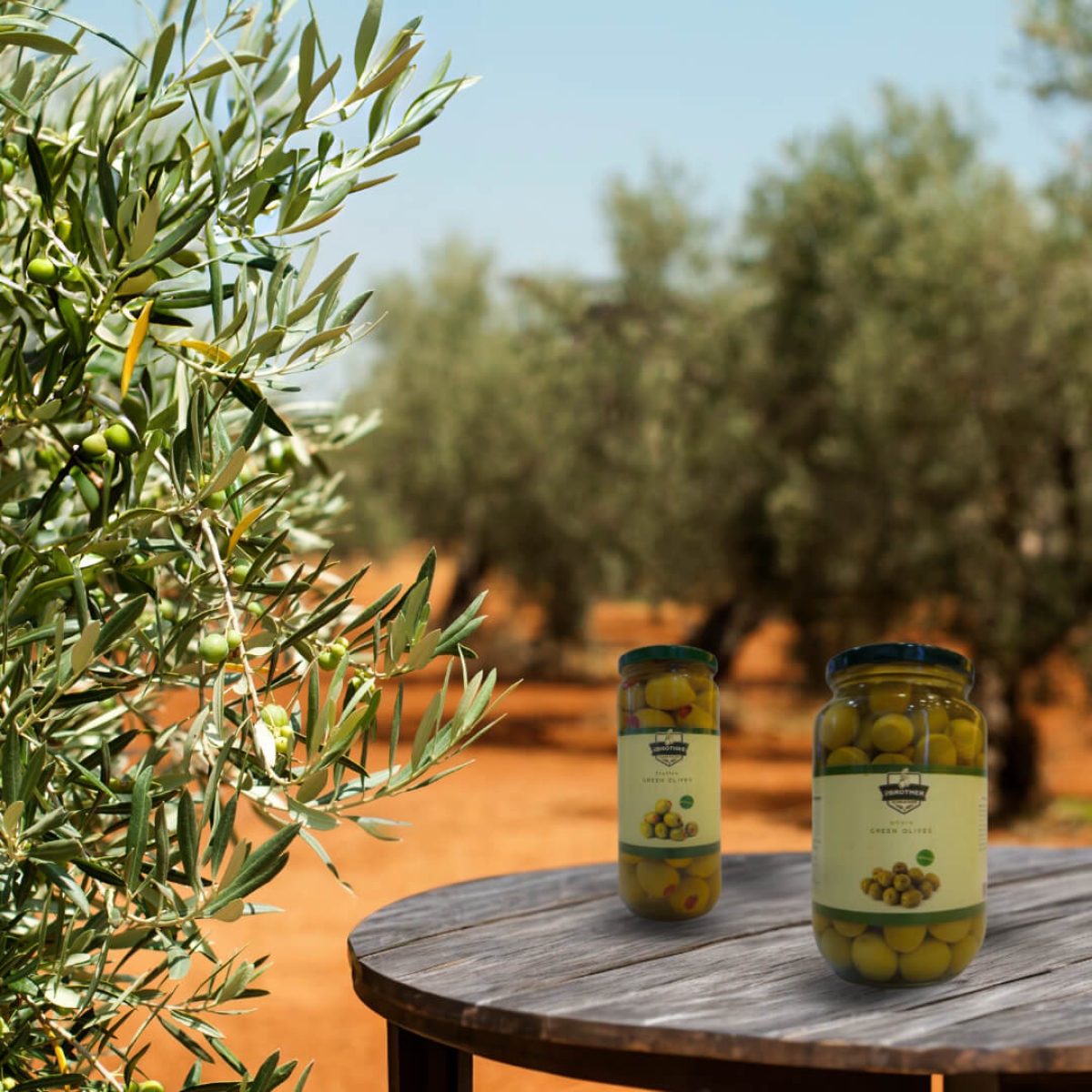
The journey of pickling olives is a delicate blend of traditional methods and modern techniques that yield a product of exceptional flavor and quality. By understanding each step in this process, businesses can appreciate how pickled olives go from the field to the market, ensuring that the final product is of the highest standard.
1. Harvesting the Olives
The journey starts in sun-soaked Mediterranean olive groves, where farmers carefully hand-pick olives at the peak of ripeness to capture their best flavor and texture. Both green and black olives are harvested depending on their intended pickling variety. Choosing the right harvesting time is essential for the best pickled olives, as it ensures that the olives maintain their natural taste.
2. Sorting and Grading
After harvesting, the olives are sorted and graded based on size, ripeness, and quality. This grading process ensures that only the best olives are used for pickling. Uniformity in size and quality is crucial for producing premium pickled olives that appeal to global markets.
3. Brining and Curing
The sorted olives are placed in brine solutions to start the curing and fermentation process. This crucial step can last from several weeks to several months, depending on the variety of olive and desired flavor profile. The fermentation removes the olives' natural bitterness while imparting a savory, rich taste that distinguishes premium pickled olives.
4. Quality Control
Throughout the curing process, olives are regularly tested for flavor, acidity, and texture to ensure they meet the highest quality standards. This step is key for consistent quality control, guaranteeing that each batch adheres to international regulations and customer expectations.
5. Flavor Enhancement
To cater to different tastes and preferences, additional herbs, spices, or vinegar can be added to the brine. This customization ensures that the olives suit a variety of regional palates, whether for mild European cuisine or more robust American seasonings.
6. Packaging and Exporting
Once fully cured and flavored, the olives are carefully packaged to preserve their quality. Packaging varies based on importer and distributor requirements, ensuring the olives meet market needs, whether in bulk or jars. The final product is then exported to global markets .
Conclusion
The journey of pickling olives involves careful harvesting, precise curing, and stringent quality control to deliver consistently high-quality products. By following traditional methods while incorporating modern techniques, pickled olive producers can provide premium products that meet the specific needs of B2B clients, enhancing their appeal across international markets.

